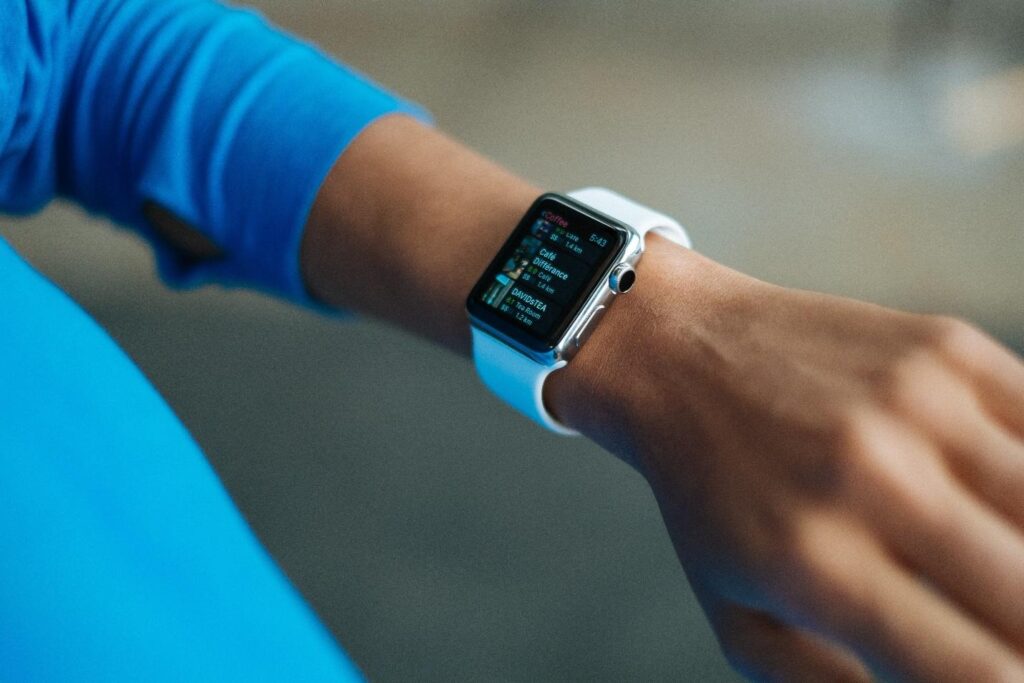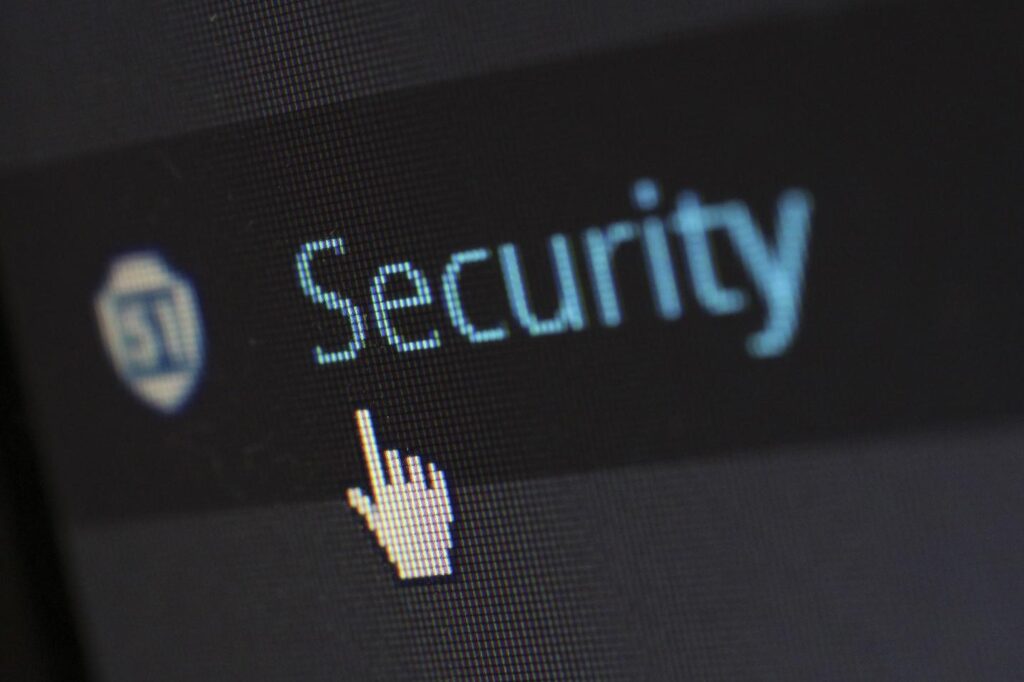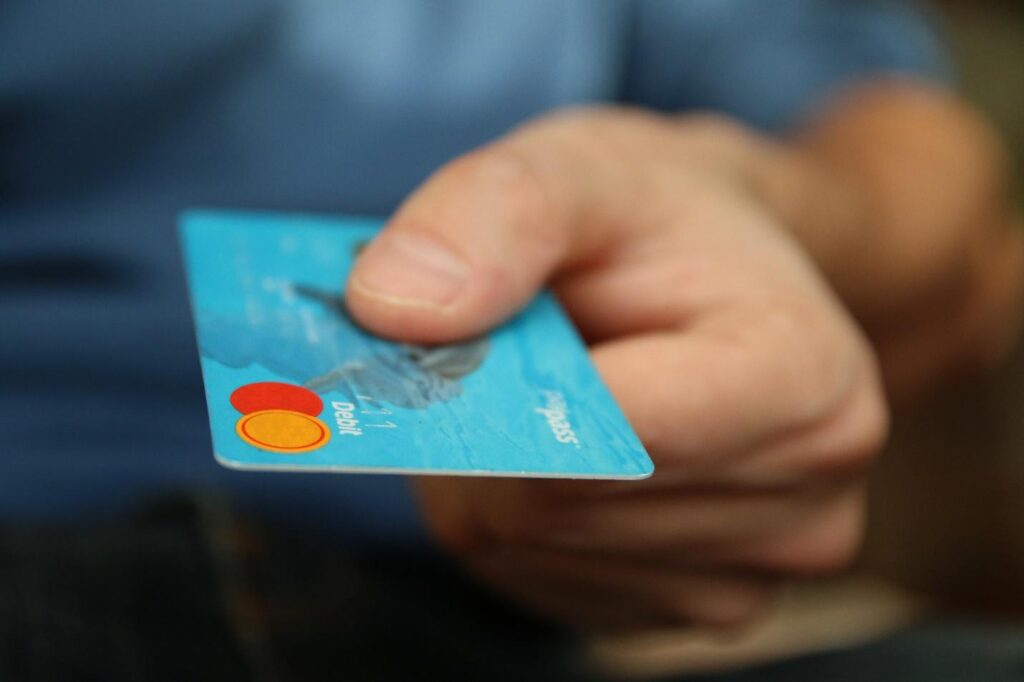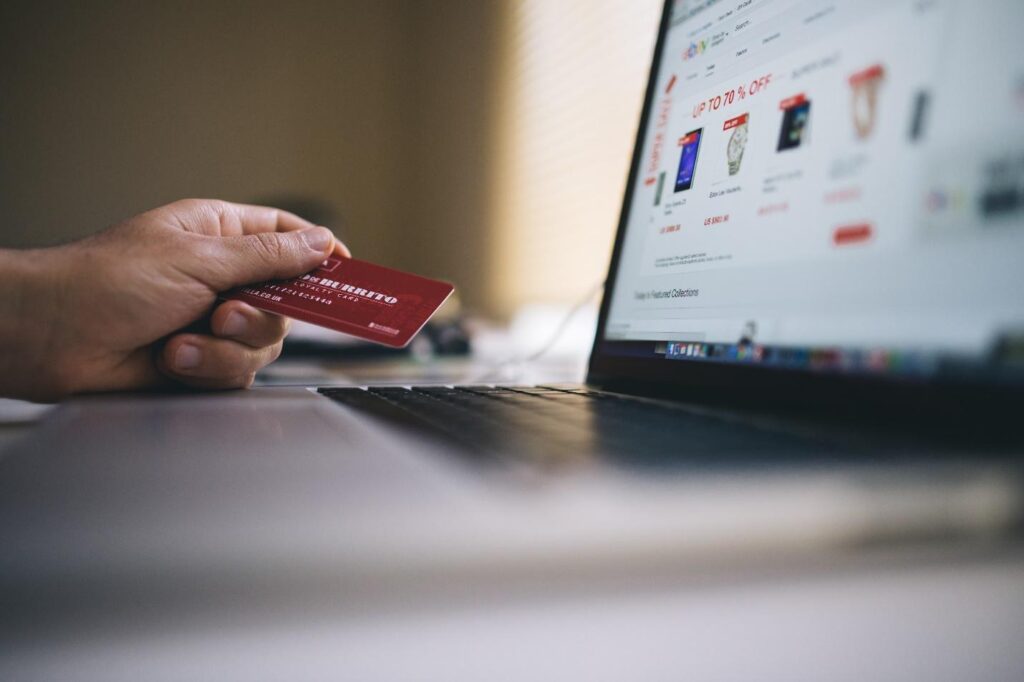2020 has been a magnificent year in many ways, mostly when we talk about cybersecurity and cyber-attacks. The pandemic gave cyber criminals more power, and it was evident that they used the opportunity for their purposes. The main exploit here was the distance between the office network and the work from the home approach. The advantages of intervention physically to the servers or closed network advantage were lost during the pandemic, and it resulted in giving lots of opportunities to the attackers.
The attacks came up with new and creative ideas using recent trends such as coronavirus, pandemic, vaccination through methods like crypto-jacking, ransomware, phishing, IoT attacks, etc. These attacks caused the loss of millions of dollars to firms, organizations, and individuals.
Just in the first six months of 2020, around 80 firms confirmed that they faced a breach in their data security. Phishing attacks are reported in an increase by six times than before. Coronavirus has a great impact on the course, and it is reported there is an increase in cyber-attacks on banks with a 238% rate. Ransomware attacks have increased to the point of nearly 1.5 times than before, and payments from it have raised to 110k dollars in just a month. (Source: Fintech News)
Since these attacks are increasing day by day, cybersecurity companies and the cybersecurity market is also increasing day by day. According to the report by Gartner, the information security market will reach $170.4 billion in 2022.
More attacks create the need for more security measures by the companies and individuals. Here are the most popular innovations and improvements concerning payment security and third-party risk management trends in 2020:
1. Contactless Payments With Wearable Devices

In addition to dynamic PINs or multi-step authentication security measurements, wearable devices are in use and getting attention in many countries. Dynamic PINs are generated on your mobile phone through your mobile bank application when you try to login into your bank account or when you try to make an operation in the ATM machine.
With the help of NFC or QR technologies, these smart devices provide additional security for your authentication and transaction. Moreover, in addition to security, wearable technology provides faster checkouts, and it prevents attacks or breaches through methods like phishing, keylogging, or another type of fraud. More and more sellers try to adapt to this change, and each day they begin to accept payments through these wearable devices.
2. Protecting Data of The Consumer Via Card Tokenization

Before tokenization, duplication of the credit card with magnetic strips was very easy for the attacker. Just a copy device was doing all the work that is necessary. However, with the technology of tokenization of the credit or debit cards, each payment creates a token, and it creates new encryption for each transaction. Even if the stealer manages to get the information, he or she may not be able to use it since the real payment information is secured successfully by the other end of the transaction holder. According to Varonis report, only around 5% of the companies are protected properly through cyber-attacks, and this means that there are still lots of exploits and the companies need protection. According to Verizon, 71% of the cyber-attacks were motivated for financial purposes, and we see that it is no surprise that a level of measurement like tokenization is needed more than ever.
3. Enhancements on 3D Secure Payments to Increase The Security of E-Commerce

The improvement of technology 3DS 2.0 gained popularity. The 3D Secure system was first introduced for desktop devices in 1999. Therefore, the system had lots of exploits and bugs. It is reported that nearly 70% of the transactions on e-commerce sites are done by mobile devices. This means a system that is designed to serve on personal computers may need upgrades and updates to meet the requirements of today’s technology. Therefore, the 3DS 2.0 technology gained popularity among security professionals, and they try to improve it in order to have faster checkouts, containing more information rapidly than before, and authentication speed has increased with the help of 3DS 2.0
4. Payment Security Is Becoming The Main Reason for Customer Choice.

According to Forbes, in the area of cybersecurity, particularly payment security, expenditures are as high as 123 billion dollars, and the greater portion of this spending contains cloud security, data security, and other security services. For instance, cloud security spending was around $439M in the last year, whereas, in 2020, the number is $585M. Thus, we know that the number of security companies is increasing. However, the pie they will share is also increasing. However, not all of those companies will guarantee you secure payment, and the best ones about the subject will become the market leader in the future, and others will be disrupted. For instance, this year Capital One was hacked as a result personal information of 100 million users were leaked including 140,000 social security numbers and 80,000 bank account numbers were stolen. And the holding was sentenced to pay 80 million USD since its lacked security. No one wants to give away their personal information to unsecure banks like that and thus, security will become the one of the main differentiators for companies.
5. Strong Customer Authentication (SCA) Is Gaining Momentum Rapidly

With the increasing number of cyber-attacks Strong Customers, Authentication is getting attention more every single day. We are almost every day confronted with instant PINs, two-step authentications, physical belongings next to you (ID, credit, or debit cards), security questions; almost everyone is already very familiar with them. However, even these are not enough to prevent hacks, and they are still happening to consumers. As a result, strong customer authentication has more importance than ever in order to prevent CNP (Card Not Present) and online transaction hacks. The companies are improving their system to enforce more authentication ways, which are unique to each individual customer and each transaction. Lots of companies started to accept payments through biometrics like fingerprint, face recognition or retina scanning, or wearable devices.
6. Online Stores Giving More Importance to Firewalls And Antiviruses

Considering the greatest attacks and breaches like Software AG Ransomware, Telegram Hijack, and Carnival Corporation Data Breach, which happened in 2020, it became necessary to take precautions for online stores to imply third-party security tools like firewalls and antiviruses. Even the Zoom software was hacked this year. Therefore, they need to protect both their website and database information and, more importantly, the data of the customer. This gave rise to the importance of firewall, and the firewall and cloud security market gaining popularity and both the number of companies and specialists about the subject is increasing gradually.
We saw lots of security breaches and their popular state of the art solutions that are applied in 2020. Cyber security specialists will continue to improve those solutions and by great chance their trend will continue in 2021, probably there will be more robust versions of wearables, SCA’s, 3DS, and tokenization. Hope you enjoyed reading this article and here are some references for further reading if you are interested.
References
- https://www.forbes.com/sites/louiscolumbus/2020/08/09/cybersecurity-spending-to-reach-123b-in-2020/?sh=1dbcc6b8705f
- https://www.varonis.com/blog/cybersecurity-statistics/
- https://corporate.freedompay.com/blog/top-5-payment-security-trends-in-2020/
- https://enterprise.verizon.com/resources/reports/dbir/
- https://pages.checkpoint.com/cyber-security-report-2020.html
- https://www.cira.ca/cybersecurity-report-2020
- https://www.isaca.org/go/state-of-cybersecurity-2020
- https://www.nytimes.com/2020/08/06/business/capital-one-hack-settlement.html



